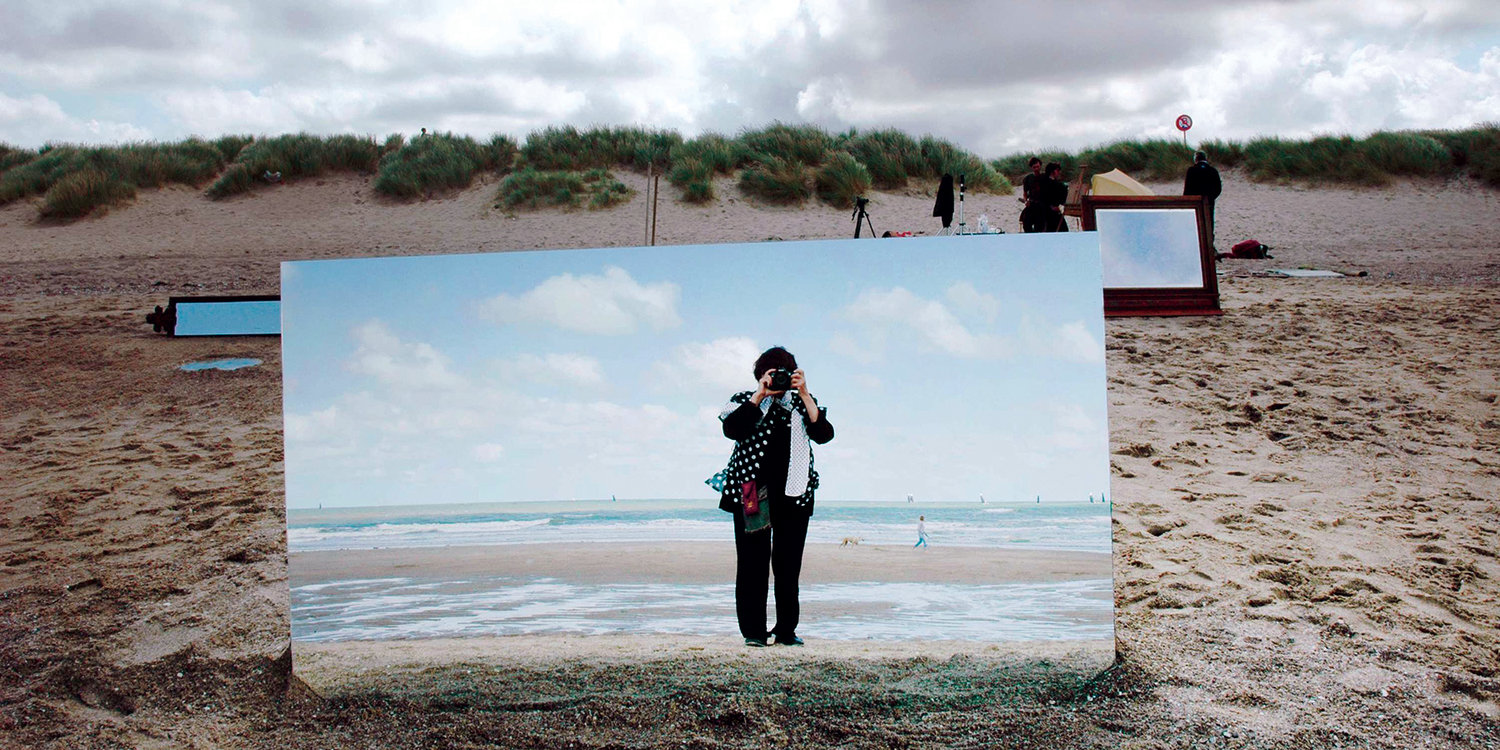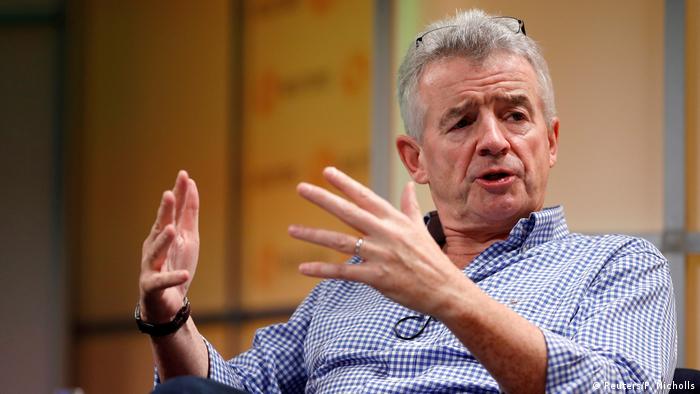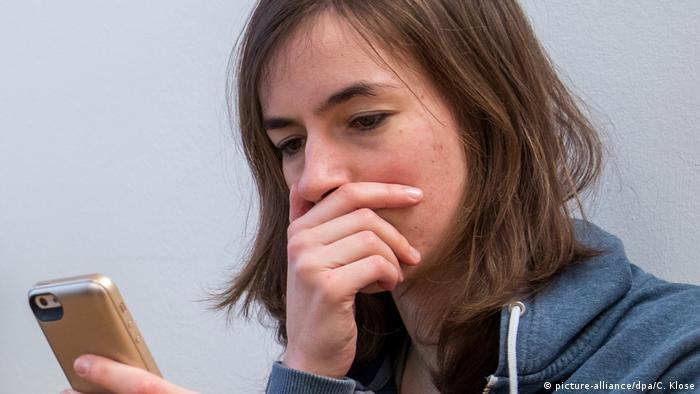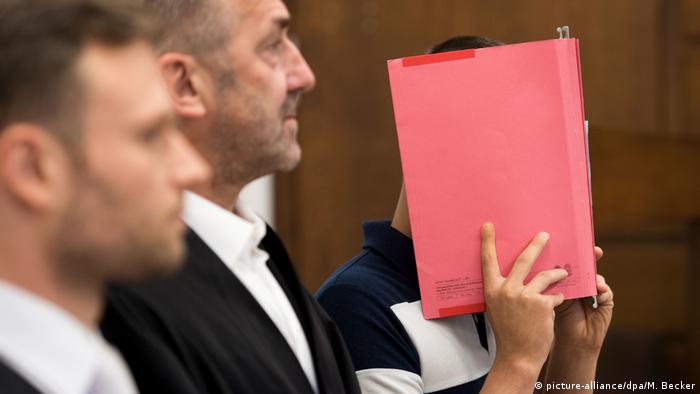London protesters rally against Assange extradition
By Christen McCurdy
Feb. 22 (UPI) -- Hundreds of supporters of Wikileaks founder Julian Assange gathered in London's Parliament Square on Saturday to protest his potential extradition to the United States.
Those present at the rally included Pink Floyd bassist Roger Waters, fashion designer Vivienne Westwood and former Greek Finance Minister Yanis Varoufakis.
Assange, 48, who founded Wikileaks in 2006, has been charged with 18 criminal counts of conspiring to hack government computers and with violating an espionage law, all in connection with his work with the site.
In 2010 Wikileaks, along with The New York Times and The Guardian, published classified U.S. military documents and field reports from the Iraq and Afghanistan war, which supporters say shed light on previously undisclosed aspects of the wars, including civilian death counts.
Two years later Assange, who is originally from Australia, took refuge in Ecuadorian Embassy in London to avoid extradition to Sweden, where he was accused of sexual assault.
The Swedish government announced in November that it was discontinuing that investigation.
Assange was removed from the Ecuadorian Embassy in April and has been in prison since the United States requested extradition
Earlier this week 100 physicians signed an open letter saying Assange was suffering from "psychological torture and medical neglect" in prison.
RELATED More than 100 physicians warn Julian Assange could die in prison
His hearing at Woolwich Crown Court is expected to begin Monday.
The court cannot evaluate whether Assange is innocent of the charges themselves, but can decide whether they are politically motivated, as his attorneys are expected to argue.
His hearing at Woolwich Crown Court is expected to begin Monday.
The court cannot evaluate whether Assange is innocent of the charges themselves, but can decide whether they are politically motivated, as his attorneys are expected to argue.
"This is not about left or right, we can unite on this, it is a dark force against [those] who want justice, transparency and truth," Kristinn Hrafnsson, editor in chief of WikiLeaks, said at Saturday's protest.
Assange could face a 170-year prison sentence if extradited to the United States and convicted.


















